Entre unos materiales y otros conviene que se interponga distancia para evitar la transmisión de frío, ruido o humedad. En otras ocasiones, simplemente, los separadores tienen el mismo objetivo que un árbitro entre dos boxeadores. Esa es precisamente la esencia de unas pequeñas piezas, de materias y formas variopintas, que sirven para separar ancestralmente la armadura de un muro de hormigón del exterior. El acero, como es sabido, guarda malas relaciones con el aire y la humedad, y para que quede embebido, a una distancia que ronda los tres centímetros, se mantiene separado durante el proceso de vertido del hormigón y de fraguado por medio de pequeñas piezas con formas que van desde las vértebras y las tabas a simples pinzas de tender la ropa.
Cuesta reconocer la importancia de esas distancias de la arquitectura que no son, como sucede en otras ocasiones, de pura cortesía, como en las juntas, sino de verdadera seguridad. Los separadores, dispuestos con el exacto ritmo militar con que lo harían las fuerzas de interposición en un conflicto bélico, garantizan que todo esté a la distancia adecuada, mientras que su humilde presencia quedará oculta una vez que la masa de hormigón se haya petrificado, dejándolos en el seno del muro como una piedra más (pero una fundacional).
Between one material and another, it is wise to insert distance to prevent the transmission of cold, noise, or moisture. At other times, separators serve the same purpose as a referee between two boxers. That is precisely the essence of those small pieces, made of various materials and shapes, that have long been used to keep the steel reinforcement of a concrete wall away from the outside. Steel, as is well known, maintains a bad relationship with air and moisture. To keep it embedded at a distance of roughly three centimeters, it is held apart during the pouring and setting of the concrete by small objects whose shapes range from vertebrae and knucklebones to simple clothespins.
It is easy to overlook the importance of those architectural distances that are not, as in other cases, mere gestures of courtesy —as in expansion joints— but matters of real safety. Separators, laid out with the exact military rhythm of peacekeeping forces in a conflict, ensure that everything remains at the proper distance, while their humble presence disappears once the mass of concrete has petrified, leaving them buried within the wall like any other stone (but a foundational one).










_-_left_hand_screen,%20imagen%20wikipedia.jpg)












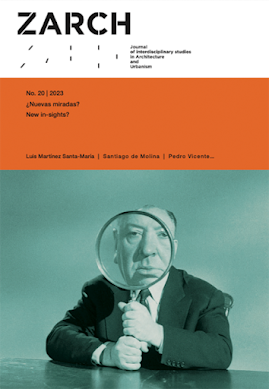
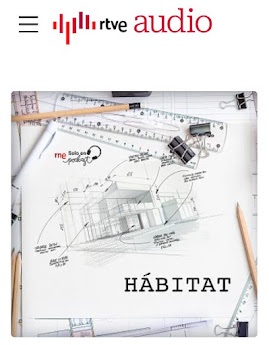
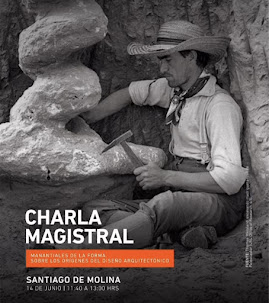
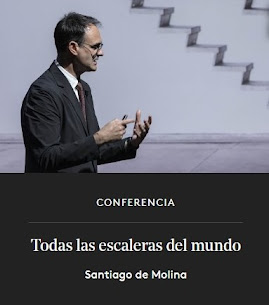




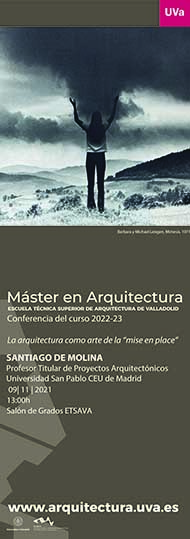
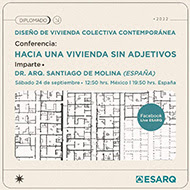













































































No hay comentarios:
Publicar un comentario